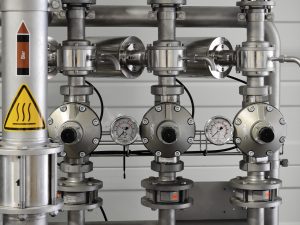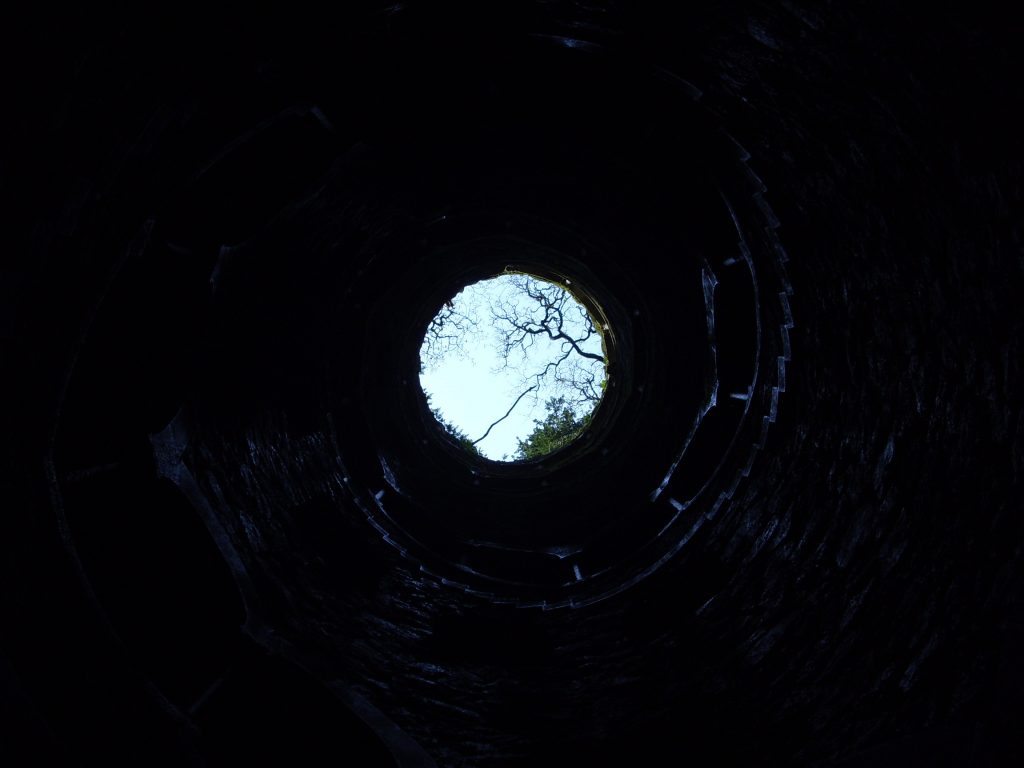Environmental degradation is a big concern for every living thing on the planet. Animals, plants, and animals need the right quality of air to sustain their existence. One of the common ways of contaminating our environments is with household wastes. Wastes from the kitchen and toilets emit offensive gases like hydrogen sulphides.
Water firms proactively wash sewers to help prevent blockages that cause problems. However, this is very costly. It is frequently difficult to spot the sewers that will cause an issue and teams have to be delivered with jetting equipment and hand tools to try and remove fathers and sediment. Failing that, water companies have to respond to reported blockages. This reactive response can mean that their clients have been inconvenienced and have sewage in their homes. It costs a lot of cash to clear sewers that have been blocked and also to attempt to keep other drainage pipes clear from blockages. It costs Thames Water over #10 million a year to send teams out to deal with sewer problems caused solely by blockages.
Statistics reveal that the problem is getting worse. It’s important that you think of what it is that you are disposing of off to sewers to attempt to prevent blockages from occurring. When a blockage occurs in a pipe under personal property or flats, land-owners, not the water authority, foot the responsibility and the cost of obtaining a private company to clear the congestion. For water police, a way of detecting blockages as soon as they develop and before they cause flooding is the secret to reducing disruption, pollution, damage and the related fiscal costs.
Apart from these gases, a broken sewer pipe allows microorganisms to escape into our environment. Many communities have experienced epidemics from leaky sewer pipes and faulty sewage disposal systems. Let’s share the effects of these conditions and how to prevent them.
Sewage Blockage and Environmental Threats
Sewer blockage or overflow can cause environmental threats. When people flush non-dissolved solid particles through the toilet and kitchen pipes, they ought to prepare for the consequence. Sewage can be in forms of solid and water-carried wastes. Usually, the transportation of raw sewage through buried pipes helps to maintain proper hygiene. A blockage can trigger the buildup of pressure and force raw sewage through the joints of sewer pipes.
Apart from thrashing kitchen wastes and fabrics through these pipes, the roots of trees might cause sewer blockages. Many civil engineers also believe that aging sewer systems are strained by the increase of new homes in Australia. Without the installation of new sewer lines, more sewage systems will collapse. The old systems must be replaced with modern sewer lines.
It’s important to have systems that can handle the pressure of sewage gases. Otherwise, a blockage might lead to raw sewage flooding the streets and other infrastructure in the surrounding vicinity of the construction.
Common Health Challenges from Sewage Blockages
Disease-causing microorganisms often spread from mishandling of wastes and poor hygiene. Also, the failure to restore a blocked sewer pipe can lead to backflow issues. Usually, treatment plants receive wastewater from our toilets, kitchens, and bathroom pipes.
Even when solid wastes are collected, they could be recycled, incinerated, or dumped in landfills.
A blocked sewer pipe offers the same health risks as a broken pipe. They could transmit viral and bacterial infections to people in the community. Also, they could cause environmental and water pollution.
Apart from environmental degradation, raw sewage from blocked and broken pipes causes respiratory infections. While diarrhea comes from contaminated water, pets and rodents often transmit parasites from contaminated by sewage.

How to Protect Our Environment from Effects of Sewer Blockages
Ensuring the right engineering design and town planning strategies can reduce the risks of sewer blockages. Trees with root systems that are close to sewer systems should be removed. Don’t wait until these tree roots grow too much in the drains before trimming them. Also, old sewer lines must be replaced with modern pipes that have tough materials and can resist these intrusive roots.
Wastewater from blocked and broken sewer systems can disrupt natural activities. When raw sewage seeps into the river, it can ruin aquatic life and trigger economic hardship for fishermen. Apart from water pollution, fishes can spread diseases like e-coli, and hepatitis A to humans.
When burst sewer pipes discharge microscopic plastic fibres from laundry wastewater, it can cause environmental damage too. Agricultural extension and health workers must inspect water bodies regularly.
There should be separate pipes for stormwater and wastewater. When they are designed to go through single pipework, the chances of having more waste mass will increase. Consequently, the waste mass will put a strain on the sewage system and cause blockages.
Instead of installing plastic pipes, engineering companies in Australia should use the best pipe materials for their designs. Additionally, they should inspect new buildings for illegal connections. Building authorities should prosecute contractors that connect flood control systems and sump pumps sewer systems.
